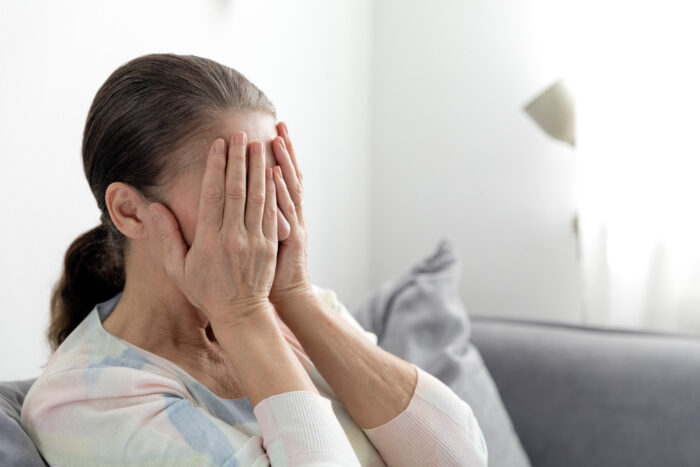Even if you have a mental problem, it is really not easy to find a hospital. It may be because it is more difficult to handle the gaze of the people around you than to receive psychiatric treatment. It is because of our society’s prejudice against mental illness, unlike hospitals that people go to when they are sick. In addition, difficult-to-treat mental illnesses are simply dismissed as mere depression or lack of will. For this reason, the rate of receiving psychiatric counseling and treatment is significantly lower than in other countries.
Mental illness requires various considerations such as biological, social, and environmental factors. The reason why male and female mental disorders are distinguished is to prevent and treat them more efficiently. According to the results of related studies, men have high rates of drug abuse and antisocial personality disorder, while women have high rates of anxiety and depression. Here are four mental disorders that are more common in women.

◆ ‘Depression’ that affects 10-15% of women
There is a report that 10-15% of Korean women experience depression at least once in their lifetime. This is twice as high as for men. Women undergo more changes from a biological point of view than men. These changes cause the body to malfunction and cause disease.
In particular, constant changes in hormone levels have a great impact on mental health. For example, women are heavily influenced by hormones during childbirth. This is why so many women suffer from postpartum depression. It is also the cause of premenstrual dysphoric disorder (PMDD). Social prejudice is also a reason for the increase in female depressed patients. If you can’t express your opinion and hide it even at home, it causes stress and increases the possibility of mental illness.

◆ ‘Anxiety’
From puberty to the age of 50, women are twice as likely as men to develop an anxiety disorder. According to the Anxiety and Depression Association of America, anxiety usually comes in the form of increased worry, tension, fatigue, and fear. Also, according to related research papers, while men express their emotions, women often internalize them, which is why many women suffer from anxiety. Reproductive hormones such as estradiol also contribute to different mental states in men and women.

◆ Post Traumatic Stress Disorder
Strictly speaking, post-traumatic stress disorder is a type of anxiety disorder. However, if you compare the differences between men and women, women are twice as likely to develop the disease and are four times more likely to develop chronic conditions than men. It is analyzed that this is because the rate of being involved in crimes such as sexual abuse or sexual violence among traumatic experiences is absolutely higher for women than for men. Also, unlike male trauma patients, female patients show a tendency to severely blame themselves for the idea that it stems from their own incompetence.
◆ Irregular binge eating, ‘eating disorder’
Men can also experience eating disorders, but they are more common in women. Eating disorders are disorders that show abnormalities in eating behavior, weight and body shape, and show symptoms such as starvation, binge eating, vomiting, and excessive exercise. In particular, it most often appears in the form of irregular binge eating. This is due to the social gaze and cultural prejudice that imposes harsher standards on women for their external appearance.
Even when binge eating, men can proudly say, “I ate a whole pizza by myself,” while women are ashamed and ashamed to say such words. In the process of hiding one’s condition like this, there are not a few cases where the condition worsens. Eating disorders are difficult to overcome alone and can lead to extreme life-threatening situations, so you must visit a hospital and receive active treatment.


